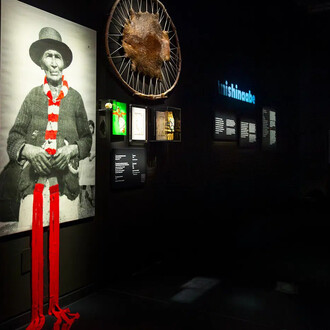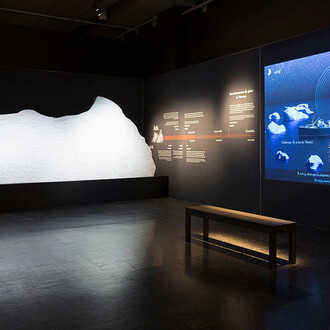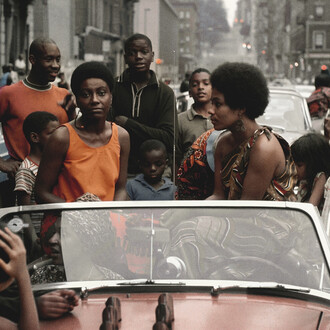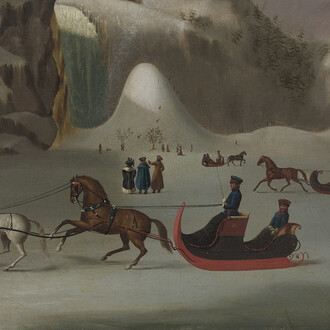In the first half of the 20th century, challenges to an institutional academicism that had come to be seen as backward looking favoured the emergence of new cultural networks that advocated a conception of art foregrounding visual experimentation and artistic independence. The end of the Great War and the spread of aesthetic ideas by artists back from Europe and by cultural periodicals encouraged ways of thinking that were opposed to nationalism. Calling for a more universal culture, the young people who gathered around the magazine Le Nigog, for example, took the side of the regionalism that was then very much in vogue in Québec art. From then on, and until the 1930s, both landscape and portraiture underwent a process of formal diversification at the hands of artists who wanted to show the many faces of modernity.
The eclectic pictorial trends that characterized the Québec cultural scene of the 1940s caused tensions among groups of artists who trained or exhibited in the same institutions but argued for distinct visions of artistic creation. Alfred Pellan and the signatories of the manifesto Prisme d’yeux identified with a concept of pure art much like the formalism of art for art’s sake, while Paul-Émile Borduas and his followers appropriated the political discourse of Surrealism with their adoption of Automatism and the publication of Total Refusal.
In the early 1950s, while the dust raised by the publication of Total Refusal still hung in the air, a new generation of artists decided that it was high time to go beyond Automatism. The Plasticiens rejected the literary allusions of their predecessors on behalf of visual gesture. Their efforts helped to keep the painting scene very much alive until the end of the decade. The striking variety of art produced in the first half of the 20th century also found expression in religious art, the remarkable renewal of which was based as much on aesthetic questioning as on increasingly freer relationships to religious iconography and spiritual expression.
















